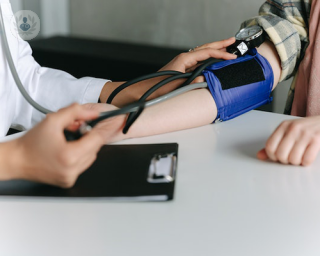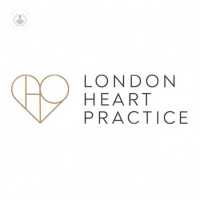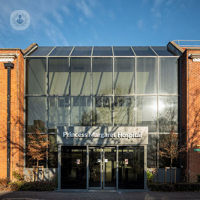Ambulatory blood pressure monitoring
Dr Konrad Grosser - Cardiology
Created on: 05-22-2020
Updated on: 03-28-2023
Edited by: Carlota Pano
What is ambulatory blood pressure monitoring?
Ambulatory blood pressure monitoring (ABPM) is quite a new method used to assess a person's blood pressure. ABPM allows a doctor to assess your blood pressure results gathered throughout your normal daily living, instead of recording your blood pressure in one sitting, at a clinic.
ABPM is used to assess people with "white coat hypertension", a phenomenon in which patients display a higher blood pressure rate in a clinical setting than what they would in other settings. It's thought to be triggered by the stress of medical appointments.

When is ambulatory blood pressure monitoring carried out?
ABPM has been helpful in assessing people with "white coat hypertension". It allows doctors to decide whether patients' in-office blood pressure test results are accurate.
Although a lot of the times high in-office blood pressure readings truly indicate that hypertension is present, sometimes it does not.
ABPM is also used in situations where it has been difficult to determine the effectiveness of an anti-hypertensive treatment. It can also help in the treatment and diagnosis of some forms of dysautanomia, especially where unpredictable and intermittent episodes of very low blood pressure are suspected.
How does ambulatory blood pressure monitoring work?
ABPM is done with a special device that consists of a blood pressure cuff that is worn on your arm. It is attached to a small recording device that you wear on your belt. You wear the ABPM device for either one or two days and it records your blood pressure periodically throughout that period, during your routine daily activities and while you are asleep.
Therefore, ABPM provides your doctor with a complete record of your blood pressure for a one-or two-day period.
Ultimately, the information the ABPM provides is different from the information the doctor gets by taking your blood pressure at their clinic or office. The blood pressure recording at a visit to the doctor is a single value that is meant to reflect your blood pressure during quiet rest.
ABPM, in contrast, saves your blood pressure readings as they are obtained through a wide range of situations, from running to catching a bus to falling sleep.
A person's blood pressure usually varies a lot during the day. So, unlike the blood pressure result you get sitting in a doctor's office, the ABPM does not report just a single value for systolic and diastolic blood pressure that is meant to represent your official "blood pressure." Instead, it reports a range of (often) widely variable values throughout the course of a day or longer.
How are ABPM results interpreted?
A technique most commonly used for evaluating the results of ABPM is to average a patients' diastolic and systolic blood pressures.
Hypertension is usually diagnosed if the average blood pressure exceeds one of the following values:
24-hour average: Diastolic blood pressure above 80 mmHg or systolic blood pressure above 135 mmHg.
Average for "Awake" Hours: Diastolic blood pressure above 90 mmHg OR systolic blood pressure above 140 mmHg.
Average for "Asleep" Hours: Diastolic blood pressure above 75 mmHg or systolic blood pressure above 124 mmHg.









